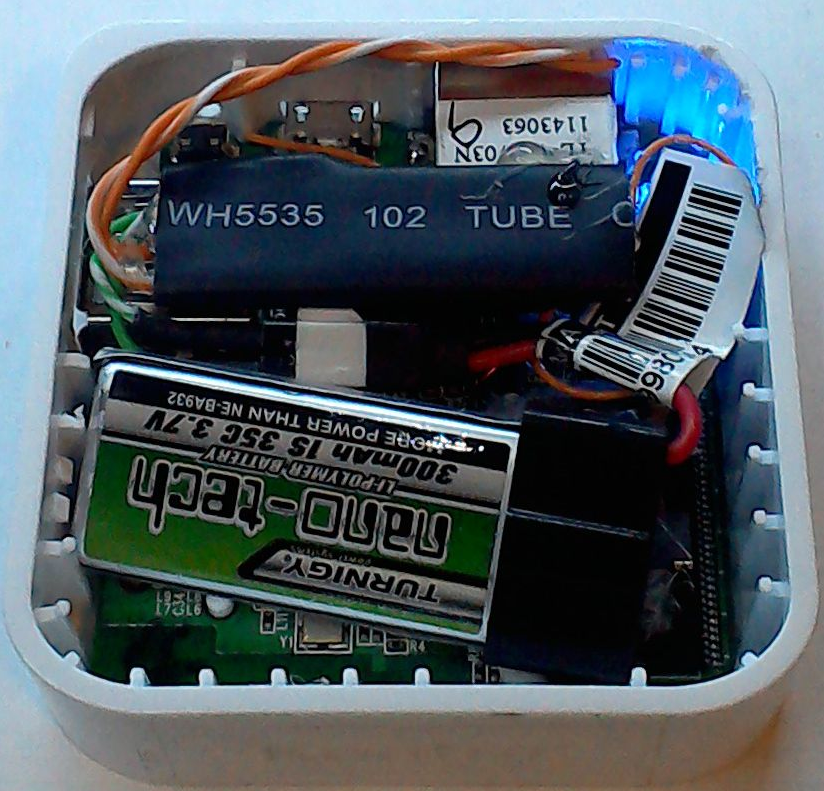Creating the DropBot9k (AKA; ESP8266 throwies) Part 1
Part 1 - The Inspiration
For Ruxcon 12 this year it was decided to expand the Black Bag competition into two phases, the first being on the Saturday which was the “standard” Black Bag fare, get into a hotel room, acquire intel, don’t set off alarms and such, Sunday however was a bit different.
We decided to send the top three teams on something of a “scavenger hunt”, basically we’d send them to a few locations across the Melbourne CBD to find clues which would eventually lead them back to the conference venue where they would find a (blatantly fake) “bomb” (I’ll write up another post on the construction of that some time later), which they’d have to “disarm” for extra points.
The first stop for this “scavenger hunt” was to be a Wireless hotspot stashed in one of Melbourne’s many alleyways, to which they would connect for instructions for the next step.
Because things were very much “up in the air” as far as how we were actually going to achieve this one of the design goals was that the hotspot should be capable of being deployed on the Friday night and collected on the Sunday, necessitating at least 48 hours of battery life.
I did some testing of a Linksys WRT703N platform I’d modified with an internal battery pack, unfortunately the battery life was rather woeful, next attempt was to just strap the WRT to a USB Power Bank and use that, turns out the 703N is actually really power hungry, the ~4000mAh power bank I tested with gave only a bit over 2 hours of life, even with TX Power down at 0dBm (1mW), and obviously the equation around the amount of battery capacity required just wasn’t going to work out.
Clearly it was time to go back to the drawing board, at some point on Slack somebody had suggested we might be able to do it with an ESP8266, I’d initially discarded the suggestion because I didn’t want to have to deal with building webservers and suchlike on a platform like that. But needs must, so I dug in, more on that in part 2.
